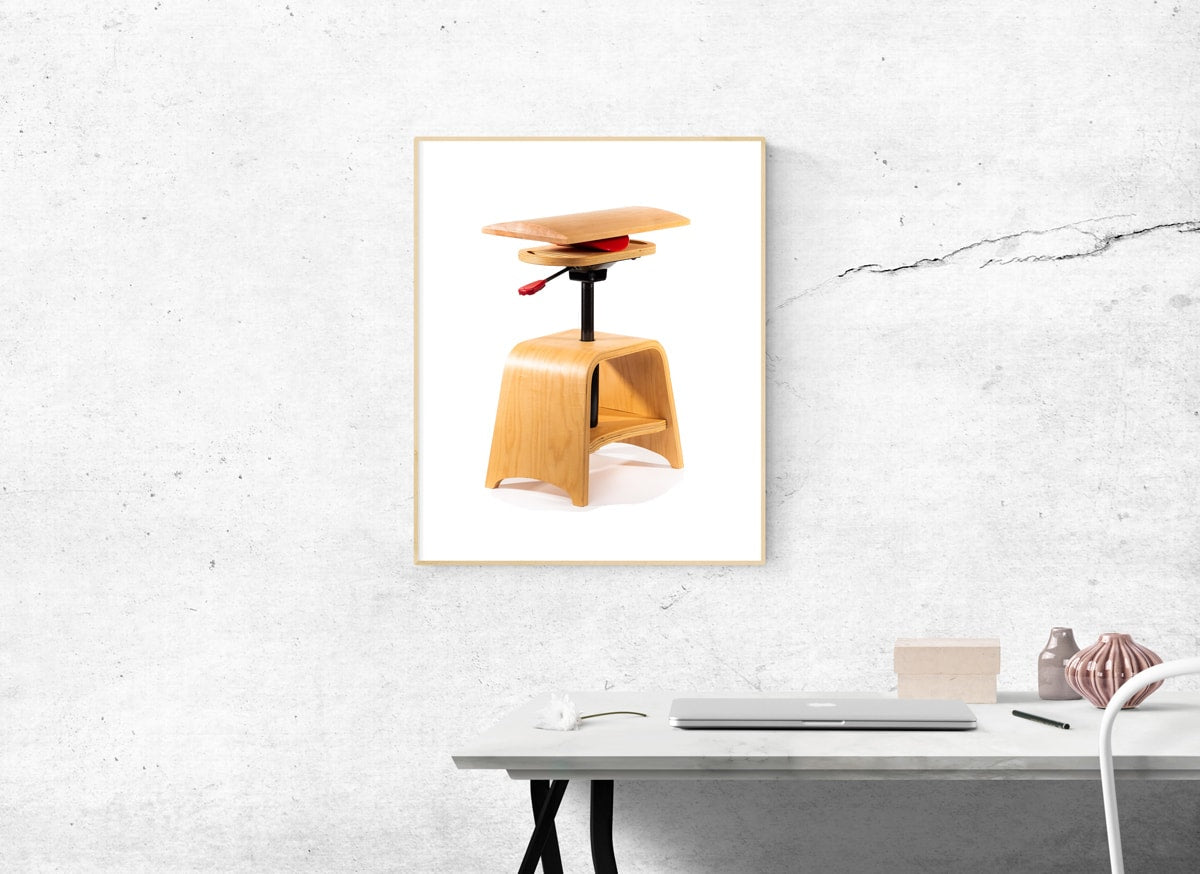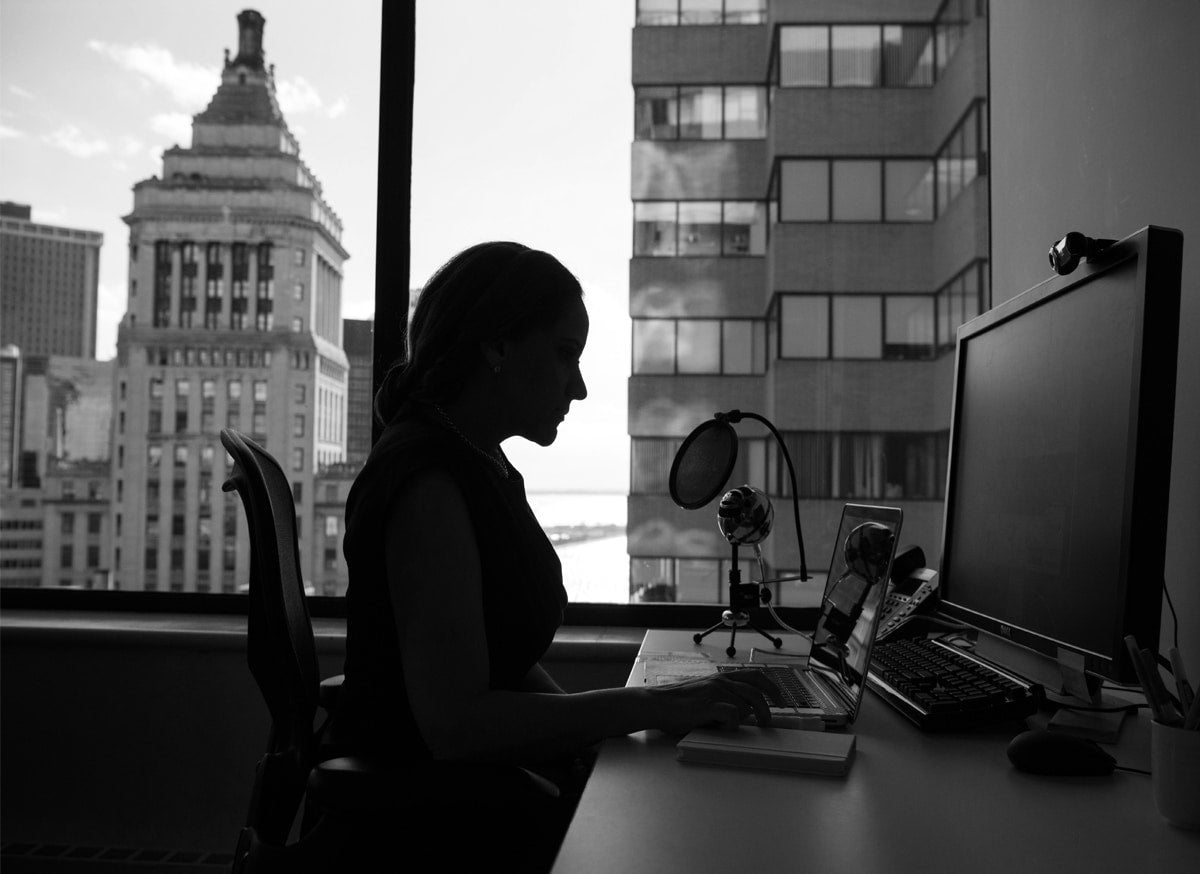Active sitting at a fine furniture convention – we were warned this might not be “our crowd.” Could people interested in the hot new shade of gray be interested in chairs designed to make you healthier? We think, “yes.”
Fine furniture lives beautifully within its surroundings, and is often influenced by it. Architecture and the shape of our environments, shapes our bodies. Static chairs have shaped our bodies into chronic back pain and disease. Active sitting is an opportunity to reshape our bodies into a more healthful state.
QOR360’s line of active sitting chairs are beautifully designed for home and office. Their unique element – the QORRocker – keeps your core engaged and strong throughout the day, improving posture and whole body health.
We will be at ICFF in NYC, May 20 through 23. Visit us at booth 1779 to test out our latest models. Feel how active sitting can reshape your sitting experience.
“We shape our buildings and afterwards they shape us.”
Winston Churchill
As Churchill observed, our buildings shape us. He was speaking metaphorically, of course, making the point that the small size of the House of Commons was important because it enforced an intimacy that improved governance.
But recent research shows that our built environment literally shapes our anatomy. And, because our anatomical “factory settings” are likely to be nearly perfect, changing human anatomy is something to be concerned about.
As an example, consider the most intimate part of our built environment, chairs. Chairs are designed into our architecture: to even look out of most windows you must be sitting on a chair or standing. At the extreme, some architects have required that specific chairs be a part of the houses they create.
Because our chairs physically touch us for many hours each day, they have a great opportunity to mold our actual anatomy. As an example, physical anthropologists have found that tibial retroversion increased as chairs replaced squatting posture in the Western world after the Middle Ages. In Asia the squat continued as a posture used for eating, chatting, and eliminating. Today in the West, most adults (but not children) have lost the ability to squat comfortably, a loss attributable to the Western custom of sitting on conventional chairs for an average of 11 hours per day.
Perhaps more surprisingly, enforced passive sitting also seems to be remodeling our brain architecture. A recent paper by Siddarth et al. in PLOS ONE notes that more sedentary sitting is associated with thinning of the medial temporal lobe, an area of the brain associated with episodic memory. This NIH funded study will need to be replicated, but it seems to suggest that sitting for long periods may actually impair memory.
As another example of the mischief of passive sitting, we find the industrial world in the grip of an epidemic of low back pain. This is an immense problem: more money is spent on low back pain every year than cancer, heart disease and AIDS combined. But back pain is likely due to our infatuation with passive sitting in conventional chairs. In Japan, where other options are available, the incidence of low back pain is 50 times less than in the USA.
As a final example of the profound effect of passive sitting, an entirely new disease “metabolic syndrome” has been described. Defined as a constellation of symptoms (insulin resistance, disordered blood lipids, increased abdominal fat and hypertension), metabolic syndrome is associated with a host of diseases: heart disease, stroke, and diabetes. So, our passive chairs aren’t just shaping our anatomy and physiology; they are literally killing us.
But, the news isn’t all bad. We now understand that just taking frequent breaks from sitting to walk around a bit can add up to big improvements in health. And entirely new ways of sitting are being developed that allow constant movement while sitting. A variety of such active sitting chairs are becoming available, and are steadily becoming more affordable.
So, it seems sitting passively, slumped in the “computer crouch” staring at a monitor changes our anatomy, our physiology, and our lives moment by moment. But it’s also true that we can change our approach to sitting. Indeed, by making sitting active rather than passive the mischief of sitting can be avoided, and perhaps even reversed.
-Dr. Turner Osler





Leave a comment
All comments are moderated before being published.
This site is protected by hCaptcha and the hCaptcha Privacy Policy and Terms of Service apply.